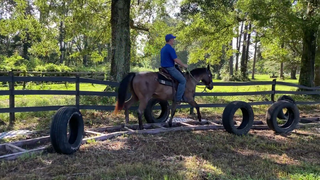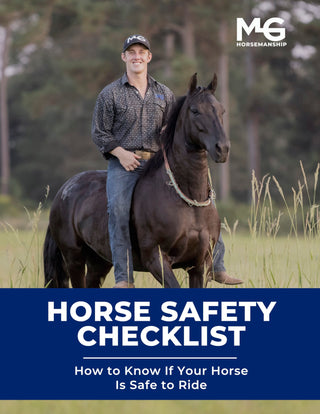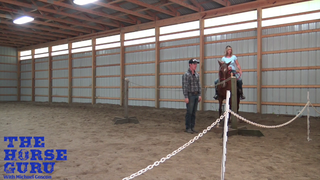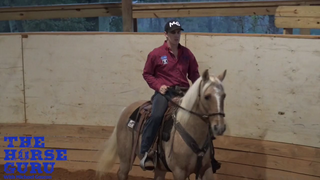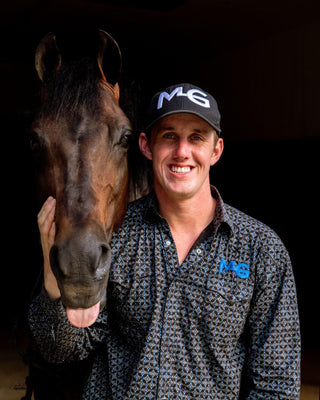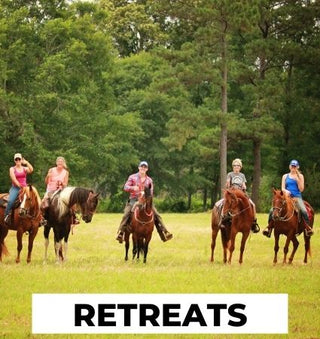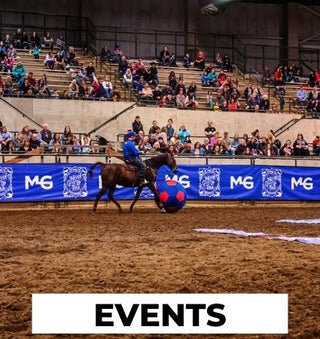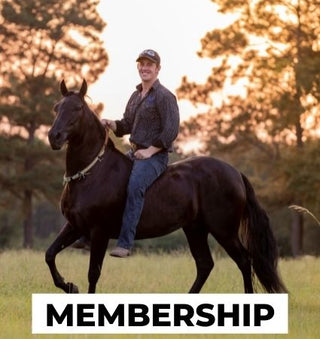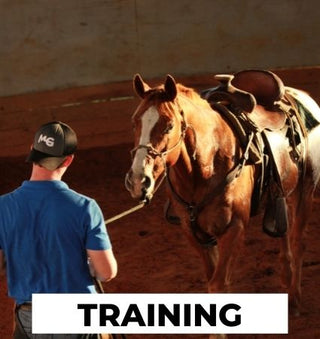Watch the Video Here or continue reading below!
Training a green horse to navigate finesse obstacles is an essential step in developing their confidence, coordination, and responsiveness. In this post, we focus on the railroad step over — a seemingly simple yet deceptively challenging task for young horses. Whether you're starting a colt or working with an inexperienced horse, this blog will walk you through how to introduce and succeed with this obstacle, based on a real training session with Benjamin, a three-year-old Quarter Horse gelding under 30 days under saddle.
What Is a Railroad Step Over?
Understanding the Obstacle
The railroad step over, also referred to as railroad ties or trusses, typically consists of 4x4 beams spaced about two feet apart. It may include added “junk” or visual distractions to simulate a more challenging environment.
Unlike push obstacles (like water, tarps, or bridges) that primarily test a horse’s willingness to move forward, the railroad step over is a finesse obstacle — one that requires the horse to slow down, think, and carefully place each foot.
Green Horse, Big Test: Meet Benjamin
Training Context
Benjamin is a green, three-year-old gelding with less than 30 days under saddle. Introducing finesse obstacles this early tests not only his physical ability but also his mental readiness. And in this session, the railroad step over was his very first attempt at this kind of task.
Push vs. Finesse Obstacles: Know the Difference
Why Finesse Obstacles Require More Patience
Push obstacles can usually be overcome with directional cues — left, right, release. But finesse obstacles require a horse to think critically and place its feet precisely. If your green horse doesn’t “get it” on day one, don’t worry — it’s totally normal.
The key to finesse obstacles is forward confidence. Horses need to already trust their rider and be willing to attempt new things. Sensitive or hotter horses often need more time before they’re ready for this kind of challenge.
Start Big, Then Go Narrow
Counterintuitive Wisdom: Bigger Is Easier
It may sound strange, but it’s often easier to put a horse in a lake than in a puddle. Narrow obstacles can be more intimidating and require more precise communication from the rider.
That’s why when training a horse on a long, narrow obstacle like a railroad tie, it’s smart to begin with the wide side. Build success early, then gradually increase the difficulty by turning the obstacle lengthwise.
The Setup: Tools and Positioning
What You’ll Need
-
Natural horsemanship halter or full cheek snaffle
-
A crop (to assist with forward motion if needed)
-
Quiet, patient cues and good timing
Rider Positioning Tips
-
Sit deep in your seat (on your pockets)
-
Keep hands low and close to the horse’s neck
-
Look straight ahead to encourage the horse to track true
-
Use subtle reminders, not heavy-handed cues
Reading the Horse: Success Comes in Layers
First Attempts Count
Benjamin surprised everyone by going over the obstacle well on his first try. Even when he struggled with the narrower attempt, subtle adjustments and calm redirection helped him try again.
Disengagement and Reset
If the horse gets off course, disengage the hindquarters and reset. This teaches the horse to remain calm and focused without escalating anxiety.
Teaching the Horse to Look Down
Safety and Awareness on the Trail
Flat-ground horses, like those in south Mississippi, often don’t learn to look down — because they never need to. But this can become dangerous if the horse ever needs to navigate rocky or mountainous terrain.
Finesse obstacles like the railroad step over teach a horse to think about their feet. If they step incorrectly and feel discomfort (e.g., a twisted ankle or unstable footing), they learn to be more mindful — a skill that translates directly to trail safety.
Green Horse Success: Why Benjamin Did Well
A Naturally Calm Mind Helps
Benjamin handled the railroad ties better than expected, which the trainer attributes to his naturally slower mind and easygoing temperament. Not all horses will respond this way on day one, and that’s okay.
The Goal: Anywhere You Point Him
Ultimately, this kind of training prepares your horse to confidently go wherever you point them — through water, over logs, or down rocky trails. It’s not just about the obstacle; it’s about trust, communication, and confidence.
Conclusion: Build Skills That Last
The railroad step over is more than just a challenge — it’s a teaching tool. It helps young horses develop balance, bravery, and body awareness. With patience and proper technique, even a green horse can succeed at finesse obstacles.


